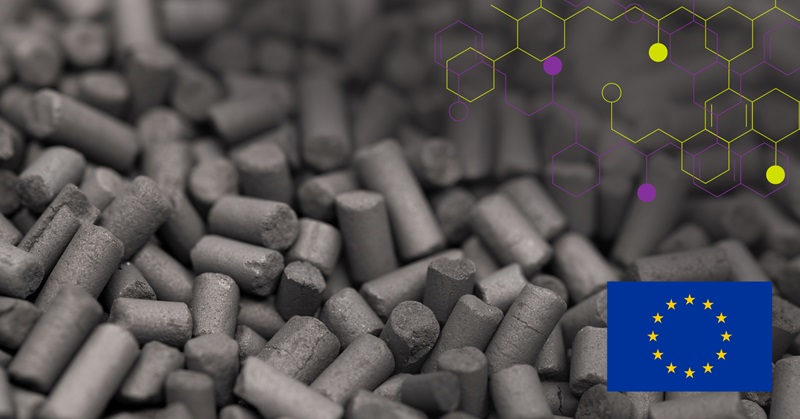Green Coatings - Reality, future or a dream
The expectations for European Coatings Show 2019 were high. The seminar agenda as well as product presentations were full of terms like sustainability, renewable raw materials, low VOC and low carbon footprint. In reality, only few companies presented actual greener products.
Sustainability, low emissions, circular economy and renewable raw materials are definitely hot topics in the coating industry. The ECS Seminar participants mentioned sustainability as their third biggest driver for R&D. The most important motivator for sustainability was responsibility for our planet and mankind (55%), followed by with customer demand (46%). These were well reflected also to the answer of the most important regulation. Majority considered REACH as clear number one (68%), followed by biocide directive (26%) and eco label (23%).
Based on several ECS seminar speakers, completely green coatings are still a dream but a realistic one. Many companies already develop greener equivalents to traditional products as drop in solutions. These are easy to incorporate and do not demand changes in the process. The challenge is to replace all coating raw materials with green variants, prerequisite for calling a product green, as it often affects to product features.
In February 2003, in response to the headway made by organizations like LEED and Energy Star, the first Restriction of Hazardous Substances Directive (RoHS) was introduced by the European Union. The regulation spurred the removal of selected heavy metals like lead, cadmium, and hexavalent chromium from products around the globe. In 2013, LEED introduced Version 4 of its regulation program, increasing the level of transparency and accountability for building construction and operation. LEED v4 set new standards for the disclosure of building product materials and practices to ensure the quality of future environmentally focused construction. Today, the Living Building Challenge has emerged as one of the most advanced certification programs across the industry, mandating the highest standard for sustainable building practices and product requirements.
On top of the changes made due to the tightening regulations, many companies are establishing sustainability goals for themselves and are implementing environmental initiatives within their business practices. For example, leading paint manufacturers are making great strides to minimize waste and improve energy systems in their facilities by minimizing fuel consumption in distribution routes, using renewable raw materials such as soy and sunflower oil in paint formulations, improving product packaging with recyclable materials, and equipping delivery trucks with biodiesel fuel.
Recent technological advances in environmentally responsible coatings have also brought a new generation of performance-rich interior products to the market that offer even longer-lasting durability and high-end aesthetics, along with application ease. Some environmentally responsible paints also contain antimicrobial properties that resist mildew, and other microbes to help maintain a fresh appearance longer. In addition, these coatings prevent stains from penetrating better than ceramic coatings on the market, and resist burnish marks and withstand repeated washings and visible paint wear, making them perfect for high-traffic areas and facility environments. Low VOC coatings are constantly being updated and improved, and we can expect to see products with even better durability and ease-of-application properties as VOC regulations and consumer demand drives the market.
As environmental regulations continue to change, coatings companies must focus on developing products that not only meet the regulations, but meet their customers' performance demands. As VOC regulations are constantly changing, the varying standards require that paint and coatings products are made to comply with the most restrictive of VOC regulations in existence. Additionally, VOC regulations are not hard and fast, but rather change nearly every year. This means that as the compliance rules continue to change and become more stringent, certain types of paints will begin to disappear from store shelves, and new paint specifications will have to be adopted.
At Algol Chemicals sustainability is one of our guiding principles; we’re constantly trying to develop our business towards less nature burdening and more circular economy supporting direction. During the spring 2019 we’ve gathered all sustainability supporting coatings segment products from our portfolio under “Green box” to help our coatings customers to make greener decisions.


